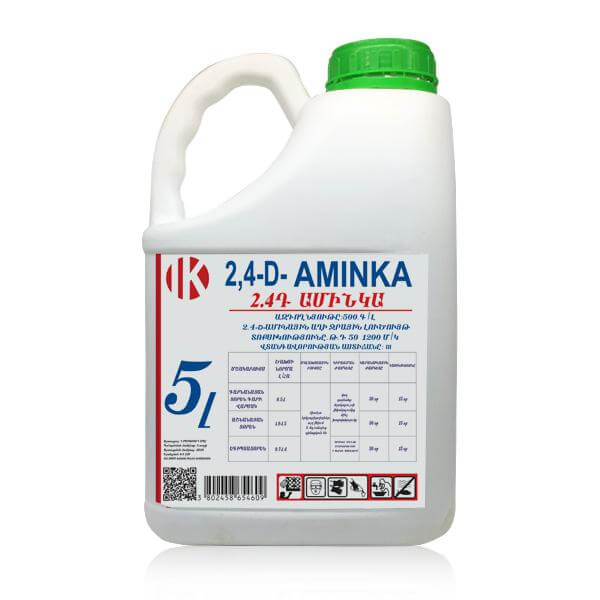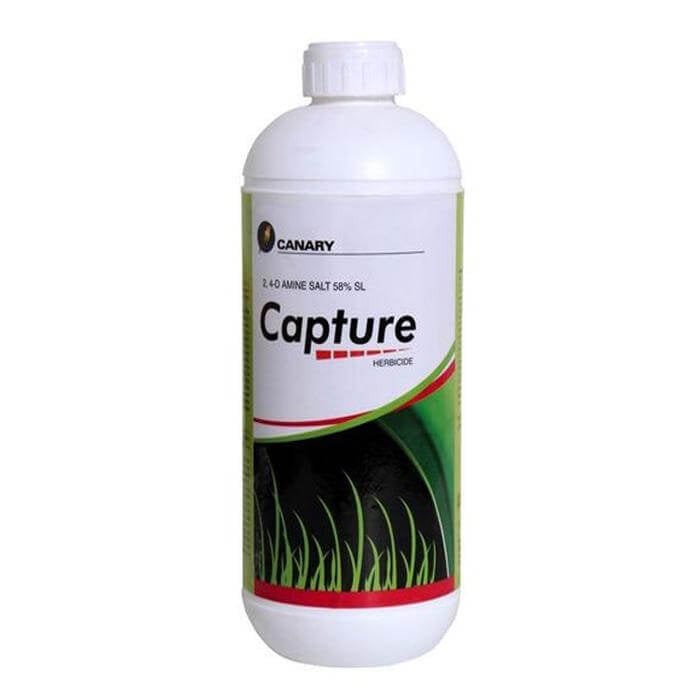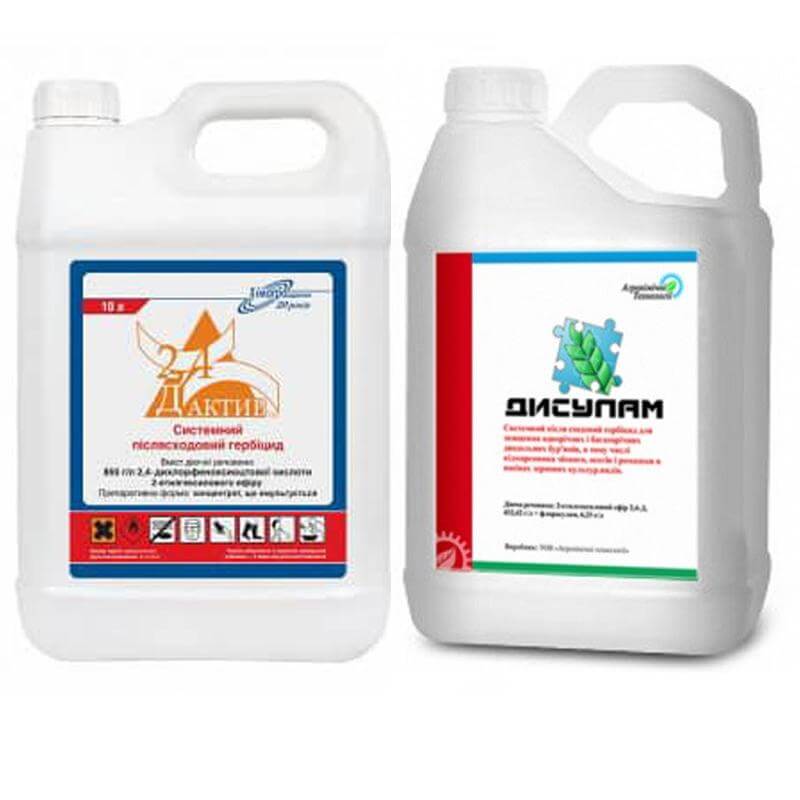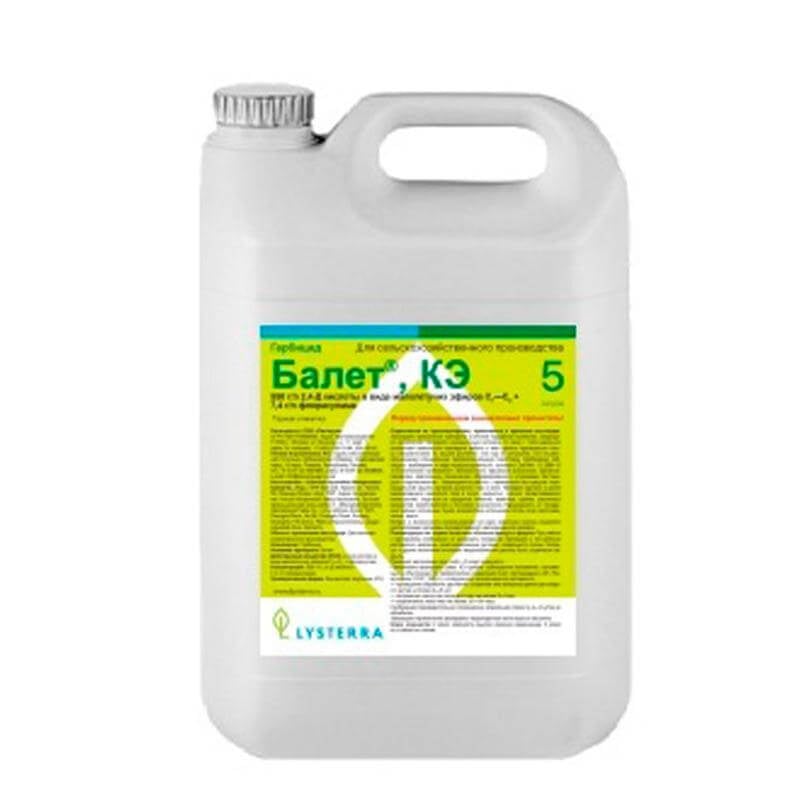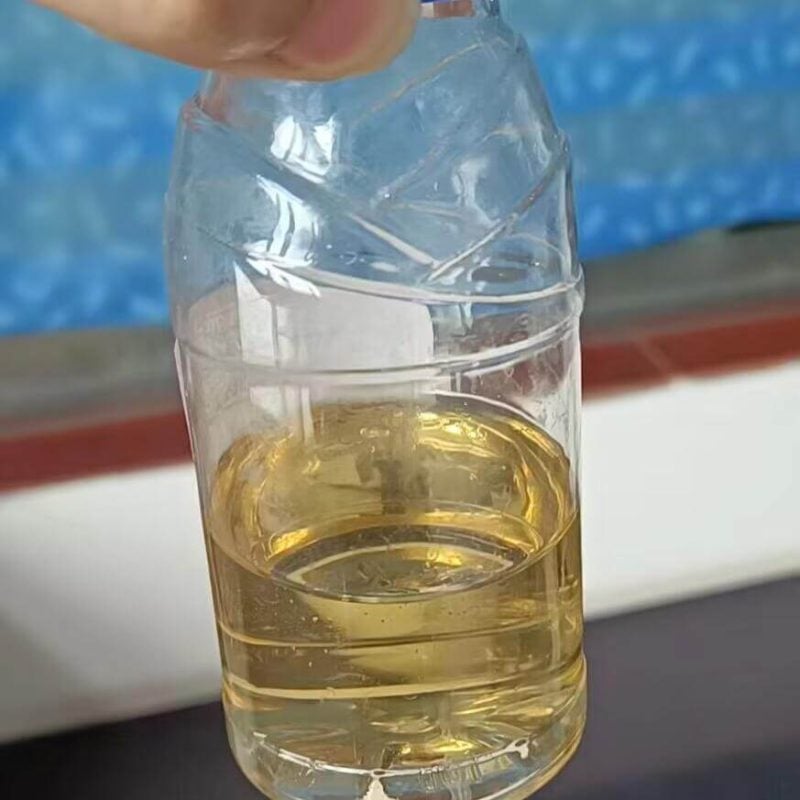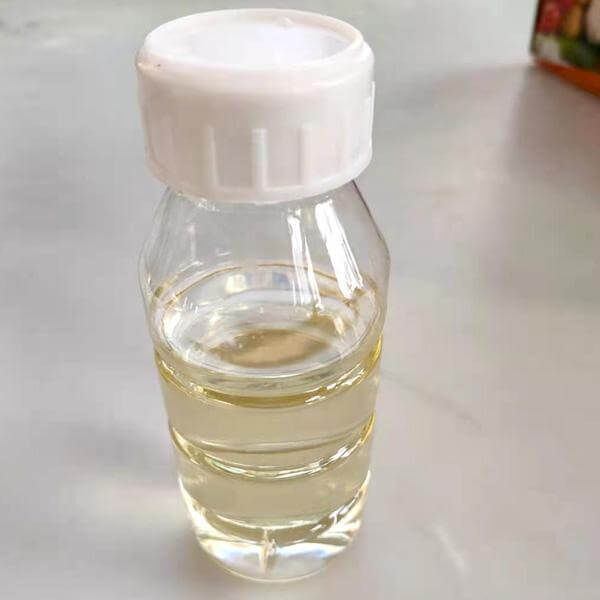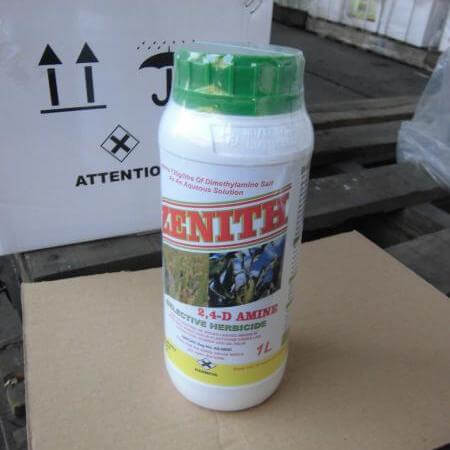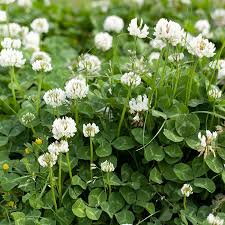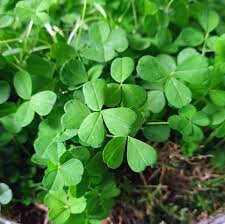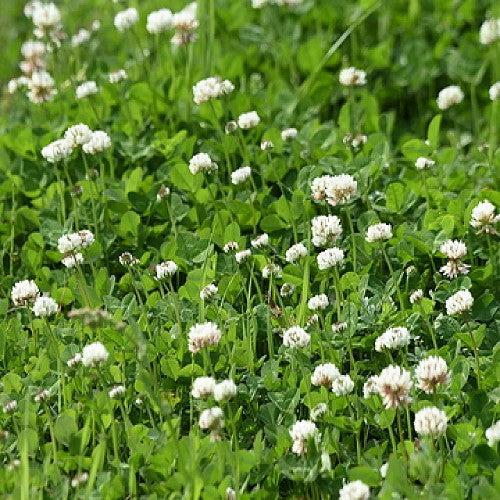2,4 D Herbicide vs Clover: Will 2,4D Kill Clover
2,4-D is one of the most widely used herbicides in agricultural and residential settings, particularly for controlling broadleaf weeds in lawns, gardens, and crops. However, many people wonder if 2,4-D can be used to control clover in lawns or pastures. While clover is often considered a desirable plant in some contexts, it can become problematic in turfgrass and other areas. In this article, we will explore the effectiveness of 2,4-D in controlling clover, and whether it is a suitable choice for your weed control needs.
What is 2,4-D?
2,4-D is a selective herbicide that is primarily used to control broadleaf weeds in lawns, gardens, pastures, and crops. It works by mimicking auxins (plant hormones), causing uncontrolled growth in the targeted plants, ultimately leading to their death. 2,4-D is widely available in various formulations, including liquids and granules, and can be applied via spraying or soil treatment.
Does 2,4-D Kill Clover?
The short answer is yes, 2,4-D can kill clover under certain conditions. However, whether it will kill clover effectively depends on several factors, including:
-
Type of Clover: Different types of clover (e.g., white clover, red clover) may respond differently to 2,4-D. In general, 2,4-D is effective against most broadleaf weeds, including clover, but some varieties may be more resistant to the herbicide than others.
-
Application Timing: The best time to apply 2,4-D is during the early growth stage of the clover when it is actively growing. If applied during the dormant phase or after the clover has matured, the herbicide may be less effective.
-
Concentration and Application Rate: The effectiveness of 2,4-D also depends on the concentration of the herbicide and the application method. Higher concentrations or repeated applications may be necessary to achieve satisfactory results. Always follow the manufacturer’s guidelines for proper dilution and application.
Factors That Affect the Effectiveness of 2,4-D on Clover
-
Type of Clover
- White Clover: This is one of the most common clover varieties in lawns and pastures. While 2,4-D can effectively control white clover, it may require multiple applications, particularly if the plant is mature or growing under stress.
- Red Clover: Red clover is often more resistant to 2,4-D than white clover. It may require a stronger dose or an alternative herbicide if control with 2,4-D proves ineffective.
-
Plant Size
- Young, actively growing clover plants are more susceptible to 2,4-D. Mature clover with well-established root systems may be harder to eliminate completely. For best results, target clover during its early growth phase before it has time to establish a deep root system.
-
Soil and Environmental Conditions
- The soil type, moisture levels, and temperature all affect the effectiveness of 2,4-D. Applications are most successful in moderate weather conditions when plants are actively growing and the soil is not too dry or too wet. Applying 2,4-D during extreme heat or drought can lead to ineffective control or damage to surrounding plants.
-
Application Rate and Frequency
- The right application rate is crucial for successful weed control. Too little of the herbicide may not effectively kill the clover, while too much can harm desirable plants or cause runoff that affects surrounding areas. Repeated applications may be needed for persistent clover infestations, particularly if the initial treatment does not completely eliminate the weed.
Is 2,4-D the Best Option for Killing Clover?
While 2,4-D is effective against clover, it is not always the best option, especially for long-term control. Here are some considerations:
-
Safety for Lawns: 2,4-D is selective and can kill broadleaf weeds like clover without harming most grass species, making it a viable choice for lawn care. However, if your lawn has a high percentage of clover and you want to preserve the beneficial aspects of clover (such as its nitrogen-fixing properties), 2,4-D may not be the best choice.
-
Alternative Herbicides: If 2,4-D does not work effectively, you may consider using other herbicides designed specifically for clover control, such as MCPP or triclopyr, which may offer better control of certain clover species.
-
Natural Solutions: For homeowners who prefer organic or eco-friendly methods, alternatives to chemical herbicides include manual removal of clover or using natural herbicides like vinegar or corn gluten meal. Keep in mind that these natural solutions may not be as effective as chemical herbicides.
How to Apply 2,4-D for Clover Control
If you decide that 2,4-D is the right option for your situation, here are some general guidelines for applying it to control clover:
-
Read the Label: Always read and follow the label instructions for the specific 2,4-D product you are using. The label will provide details on mixing ratios, application rates, and safety precautions.
-
Time Your Application: Apply 2,4-D when clover is actively growing, typically in the spring or early summer. Avoid application during extremely hot or dry periods.
-
Choose the Right Equipment: Use a sprayer or spreaders that are designed for pesticide application. Be sure to calibrate your equipment to ensure the correct amount of herbicide is being applied.
-
Spot Treatment for Sensitive Areas: If you’re concerned about damaging other plants, use a spot treatment method to apply 2,4-D directly to clover patches, avoiding nearby plants.
Conclusion
In conclusion, 2,4-D is an effective herbicide for killing clover in many situations, particularly when used properly in the right environmental conditions. While 2,4-D can work well on white clover, it may not be as effective on more resistant species like red clover. Additionally, the timing of the application, the concentration of the product, and soil conditions all play a role in how successful 2,4-D will be in killing clover. Always consider alternative control methods if 2,4-D proves ineffective or if you want to avoid harming beneficial plants.
2,4-D is one of the most widely used herbicides in agricultural and residential settings, particularly for controlling broadleaf weeds in lawns, gardens, and crops. However, many people wonder if 2,4-D can be used to control clover in lawns or pastures. While clover is often considered a desirable plant in some contexts, it can become problematic in turfgrass and other areas. In this article, we will explore the effectiveness of 2,4-D in controlling clover, and whether it is a suitable choice for your weed control needs.
What is 2,4-D?
2,4-D is a selective herbicide that is primarily used to control broadleaf weeds in lawns, gardens, pastures, and crops. It works by mimicking auxins (plant hormones), causing uncontrolled growth in the targeted plants, ultimately leading to their death. 2,4-D is widely available in various formulations, including liquids and granules, and can be applied via spraying or soil treatment.
Does 2,4-D Kill Clover?
The short answer is yes, 2,4-D can kill clover under certain conditions. However, whether it will kill clover effectively depends on several factors, including:
-
Type of Clover: Different types of clover (e.g., white clover, red clover) may respond differently to 2,4-D. In general, 2,4-D is effective against most broadleaf weeds, including clover, but some varieties may be more resistant to the herbicide than others.
-
Application Timing: The best time to apply 2,4-D is during the early growth stage of the clover when it is actively growing. If applied during the dormant phase or after the clover has matured, the herbicide may be less effective.
-
Concentration and Application Rate: The effectiveness of 2,4-D also depends on the concentration of the herbicide and the application method. Higher concentrations or repeated applications may be necessary to achieve satisfactory results. Always follow the manufacturer’s guidelines for proper dilution and application.
Factors That Affect the Effectiveness of 2,4-D on Clover
-
Type of Clover
- White Clover: This is one of the most common clover varieties in lawns and pastures. While 2,4-D can effectively control white clover, it may require multiple applications, particularly if the plant is mature or growing under stress.
- Red Clover: Red clover is often more resistant to 2,4-D than white clover. It may require a stronger dose or an alternative herbicide if control with 2,4-D proves ineffective.
-
Plant Size
- Young, actively growing clover plants are more susceptible to 2,4-D. Mature clover with well-established root systems may be harder to eliminate completely. For best results, target clover during its early growth phase before it has time to establish a deep root system.
-
Soil and Environmental Conditions
- The soil type, moisture levels, and temperature all affect the effectiveness of 2,4-D. Applications are most successful in moderate weather conditions when plants are actively growing and the soil is not too dry or too wet. Applying 2,4-D during extreme heat or drought can lead to ineffective control or damage to surrounding plants.
-
Application Rate and Frequency
- The right application rate is crucial for successful weed control. Too little of the herbicide may not effectively kill the clover, while too much can harm desirable plants or cause runoff that affects surrounding areas. Repeated applications may be needed for persistent clover infestations, particularly if the initial treatment does not completely eliminate the weed.
Is 2,4-D the Best Option for Killing Clover?
While 2,4-D is effective against clover, it is not always the best option, especially for long-term control. Here are some considerations:
-
Safety for Lawns: 2,4-D is selective and can kill broadleaf weeds like clover without harming most grass species, making it a viable choice for lawn care. However, if your lawn has a high percentage of clover and you want to preserve the beneficial aspects of clover (such as its nitrogen-fixing properties), 2,4-D may not be the best choice.
-
Alternative Herbicides: If 2,4-D does not work effectively, you may consider using other herbicides designed specifically for clover control, such as MCPP or triclopyr, which may offer better control of certain clover species.
-
Natural Solutions: For homeowners who prefer organic or eco-friendly methods, alternatives to chemical herbicides include manual removal of clover or using natural herbicides like vinegar or corn gluten meal. Keep in mind that these natural solutions may not be as effective as chemical herbicides.
How to Apply 2,4-D for Clover Control
If you decide that 2,4-D is the right option for your situation, here are some general guidelines for applying it to control clover:
-
Read the Label: Always read and follow the label instructions for the specific 2,4-D product you are using. The label will provide details on mixing ratios, application rates, and safety precautions.
-
Time Your Application: Apply 2,4-D when clover is actively growing, typically in the spring or early summer. Avoid application during extremely hot or dry periods.
-
Choose the Right Equipment: Use a sprayer or spreaders that are designed for pesticide application. Be sure to calibrate your equipment to ensure the correct amount of herbicide is being applied.
-
Spot Treatment for Sensitive Areas: If you’re concerned about damaging other plants, use a spot treatment method to apply 2,4-D directly to clover patches, avoiding nearby plants.
Conclusion
In conclusion, 2,4-D is an effective herbicide for killing clover in many situations, particularly when used properly in the right environmental conditions. While 2,4-D can work well on white clover, it may not be as effective on more resistant species like red clover. Additionally, the timing of the application, the concentration of the product, and soil conditions all play a role in how successful 2,4-D will be in killing clover. Always consider alternative control methods if 2,4-D proves ineffective or if you want to avoid harming beneficial plants.

